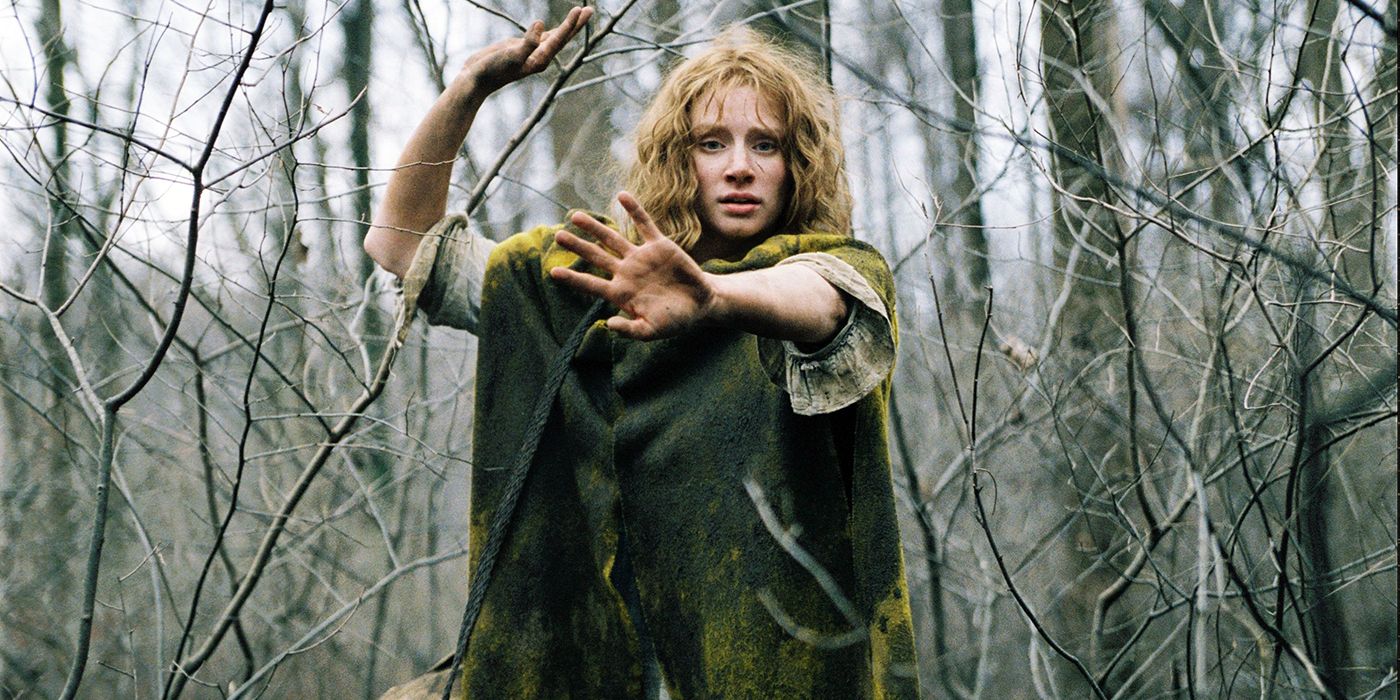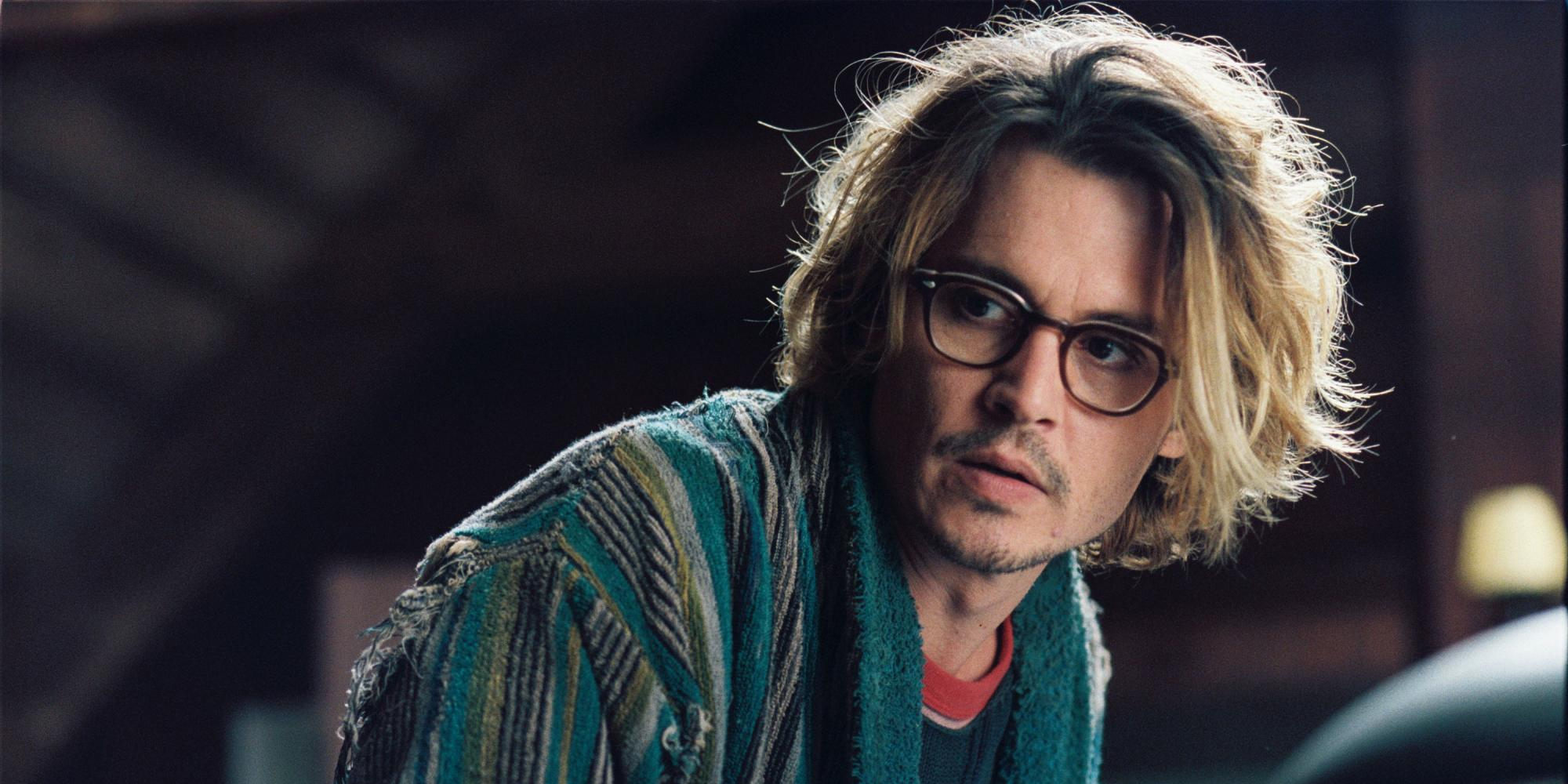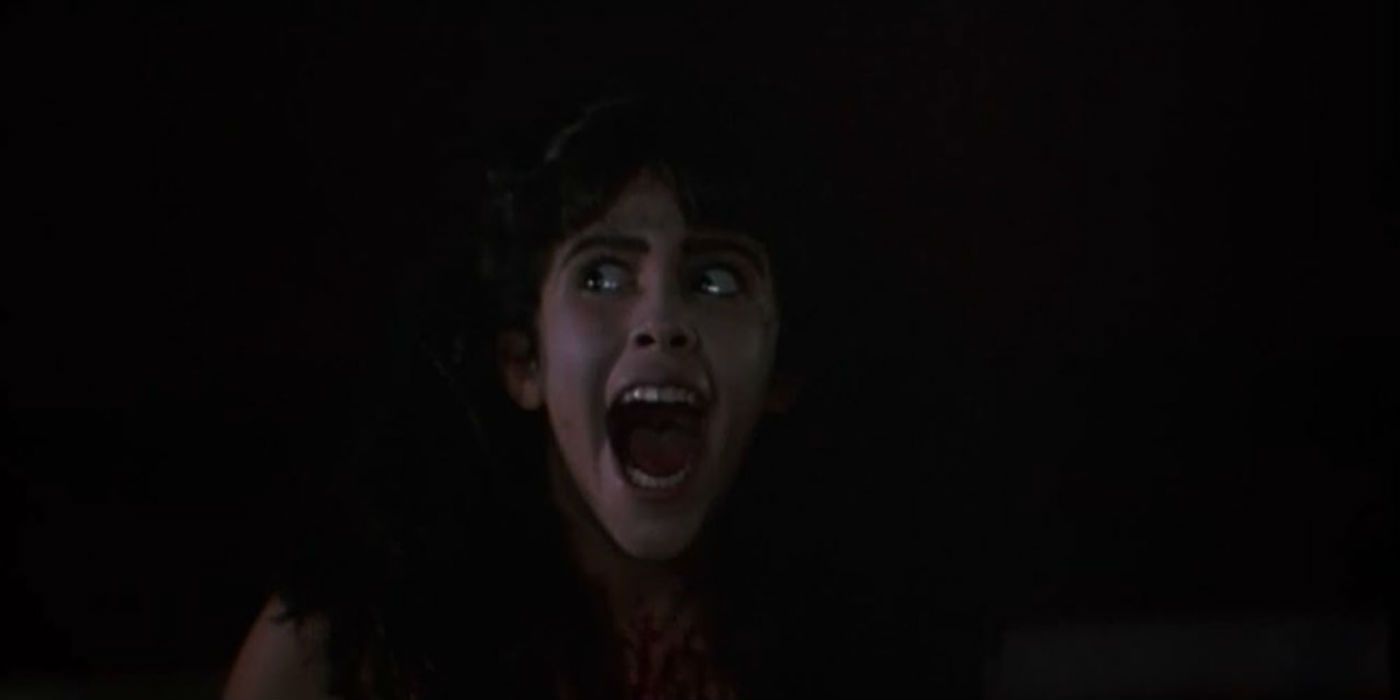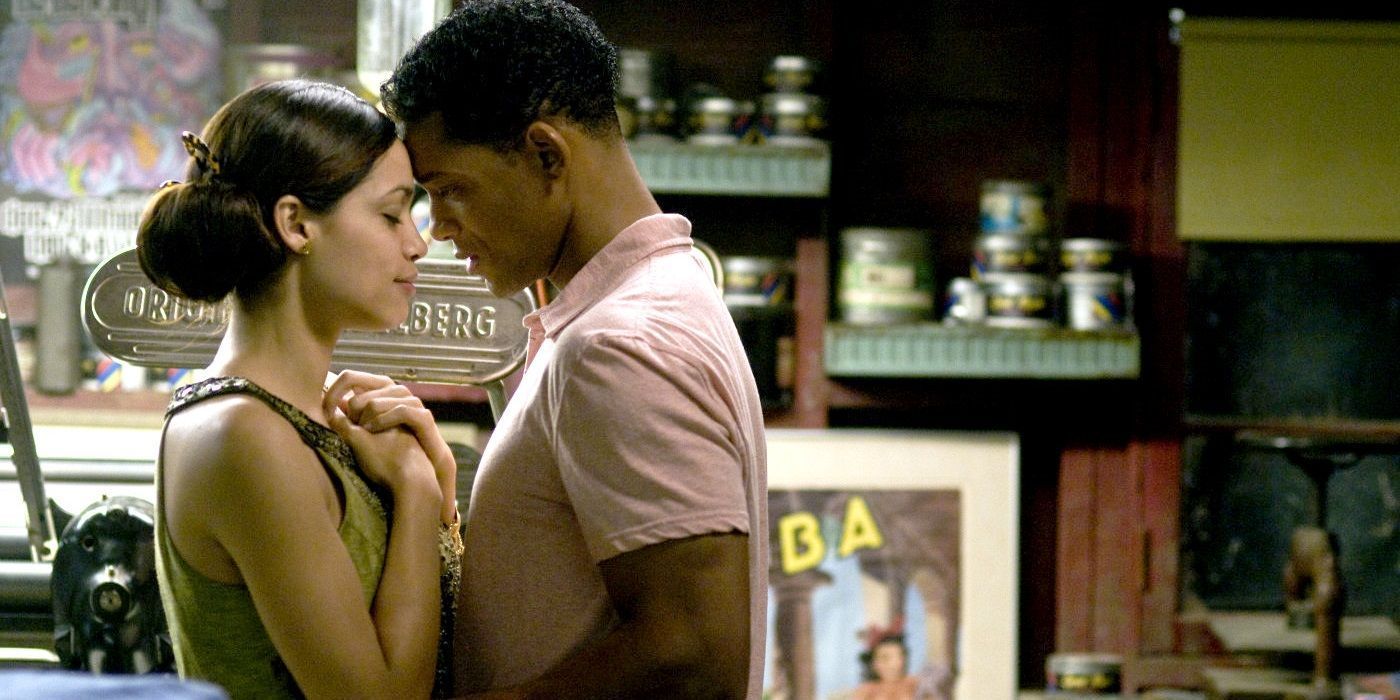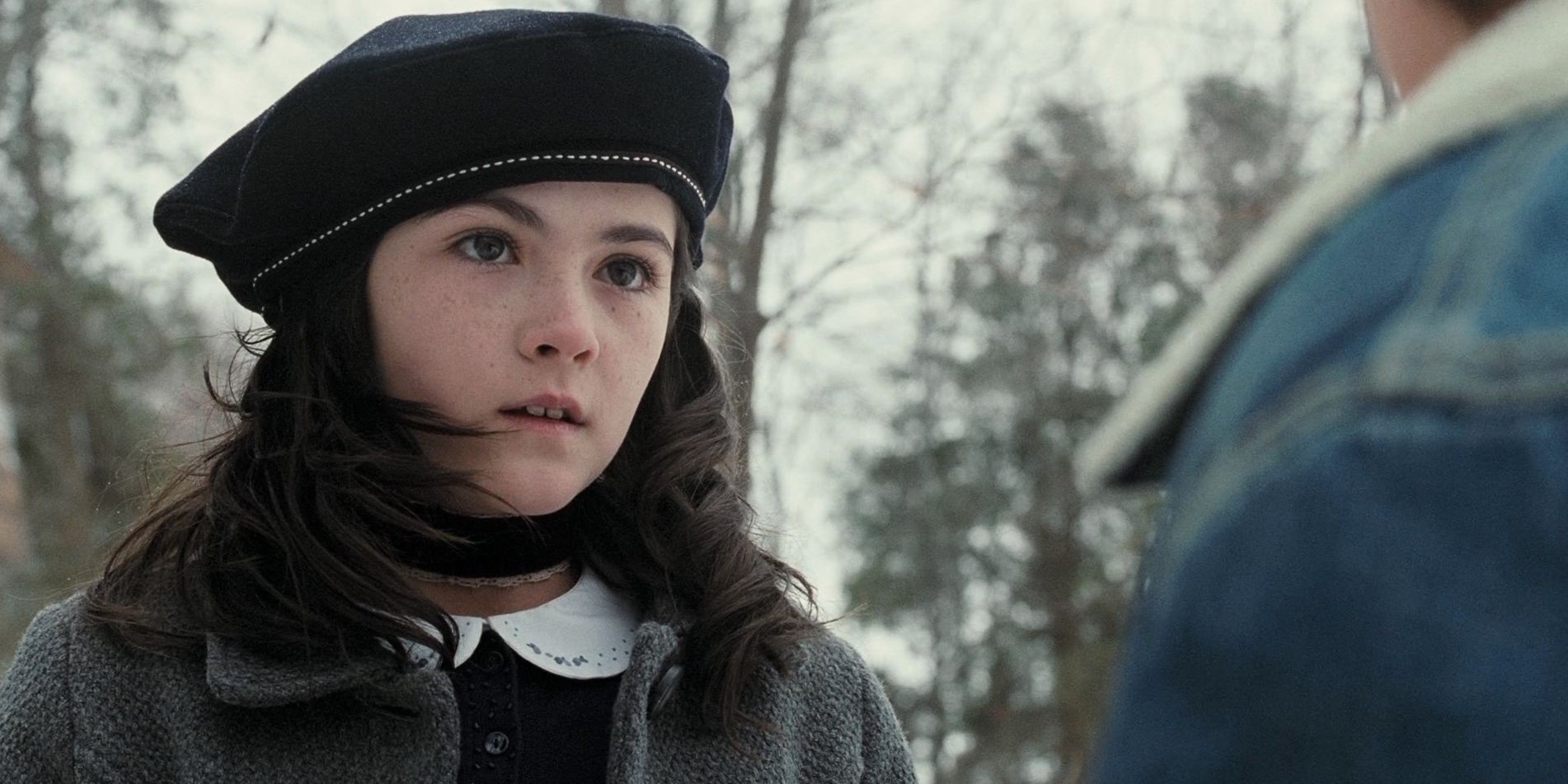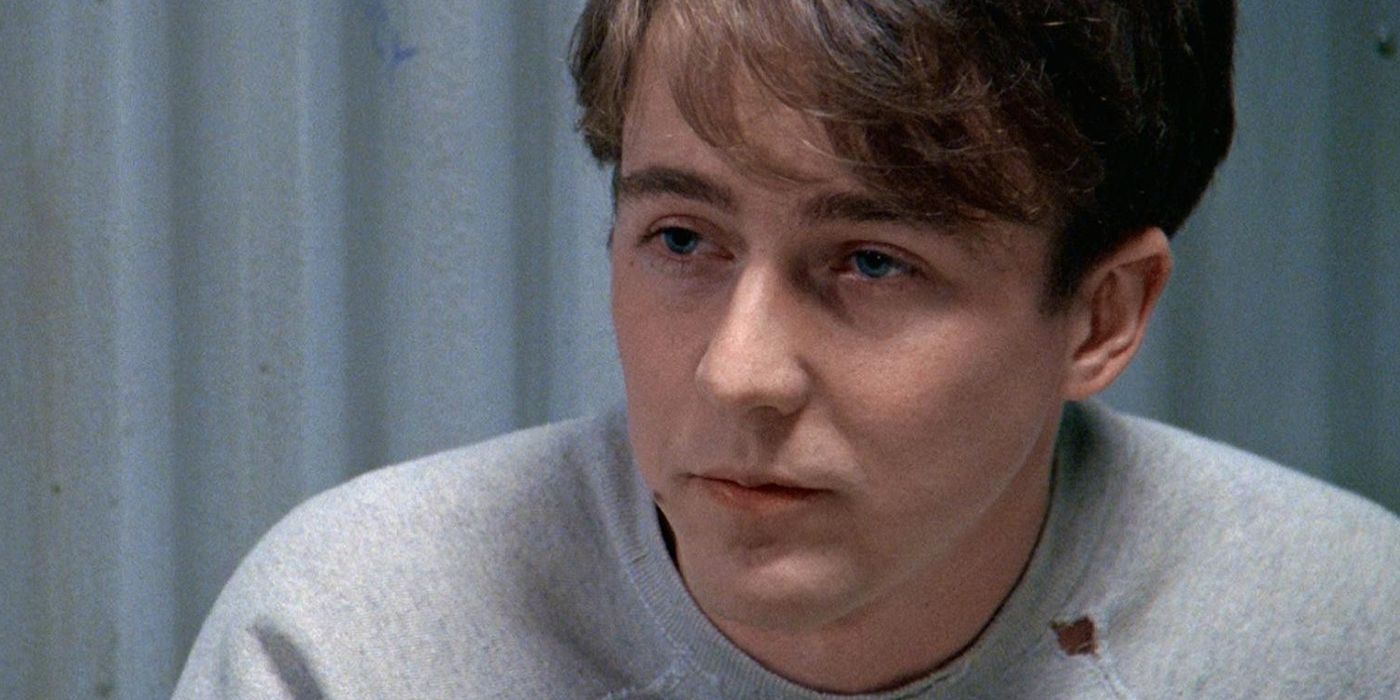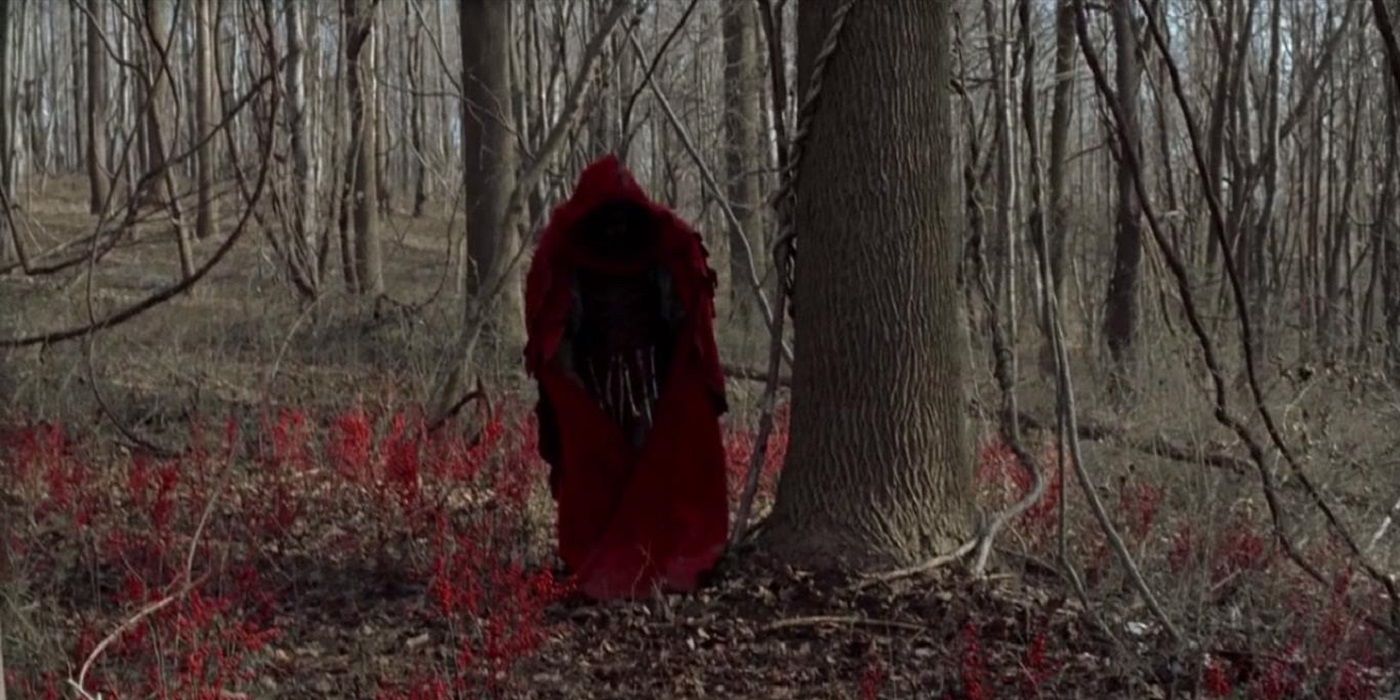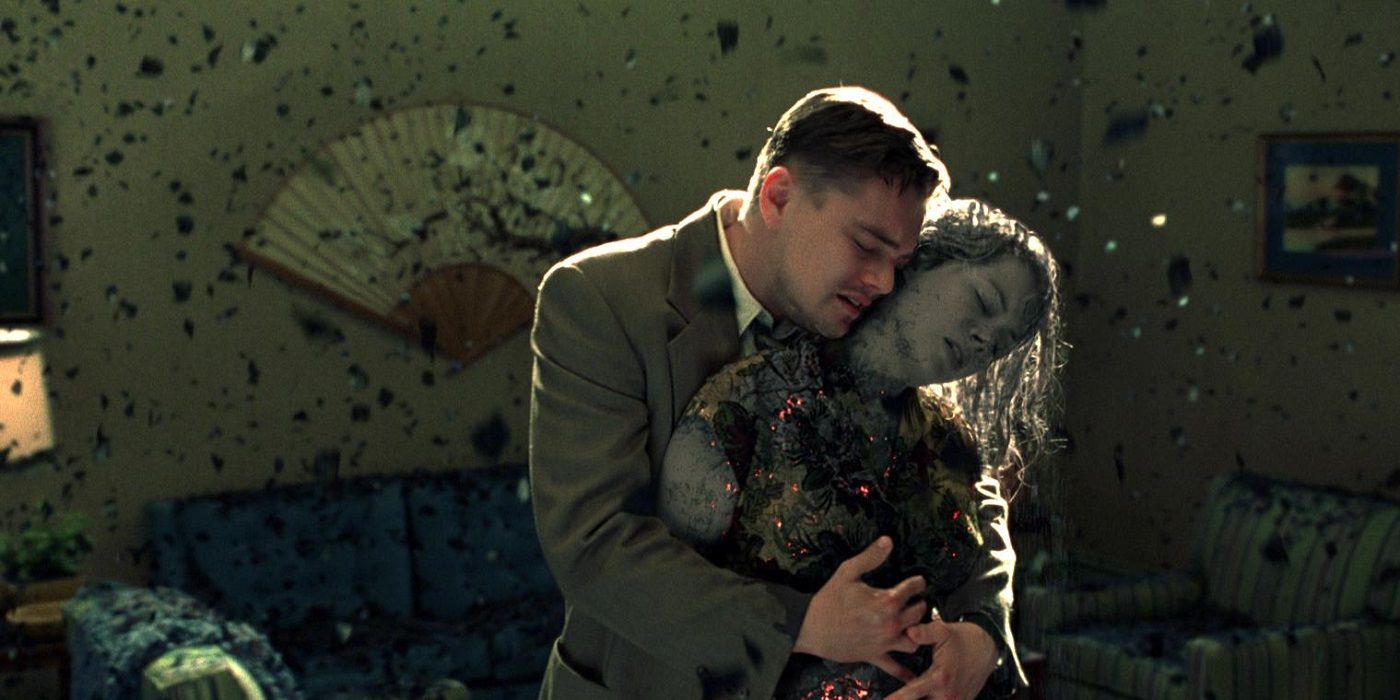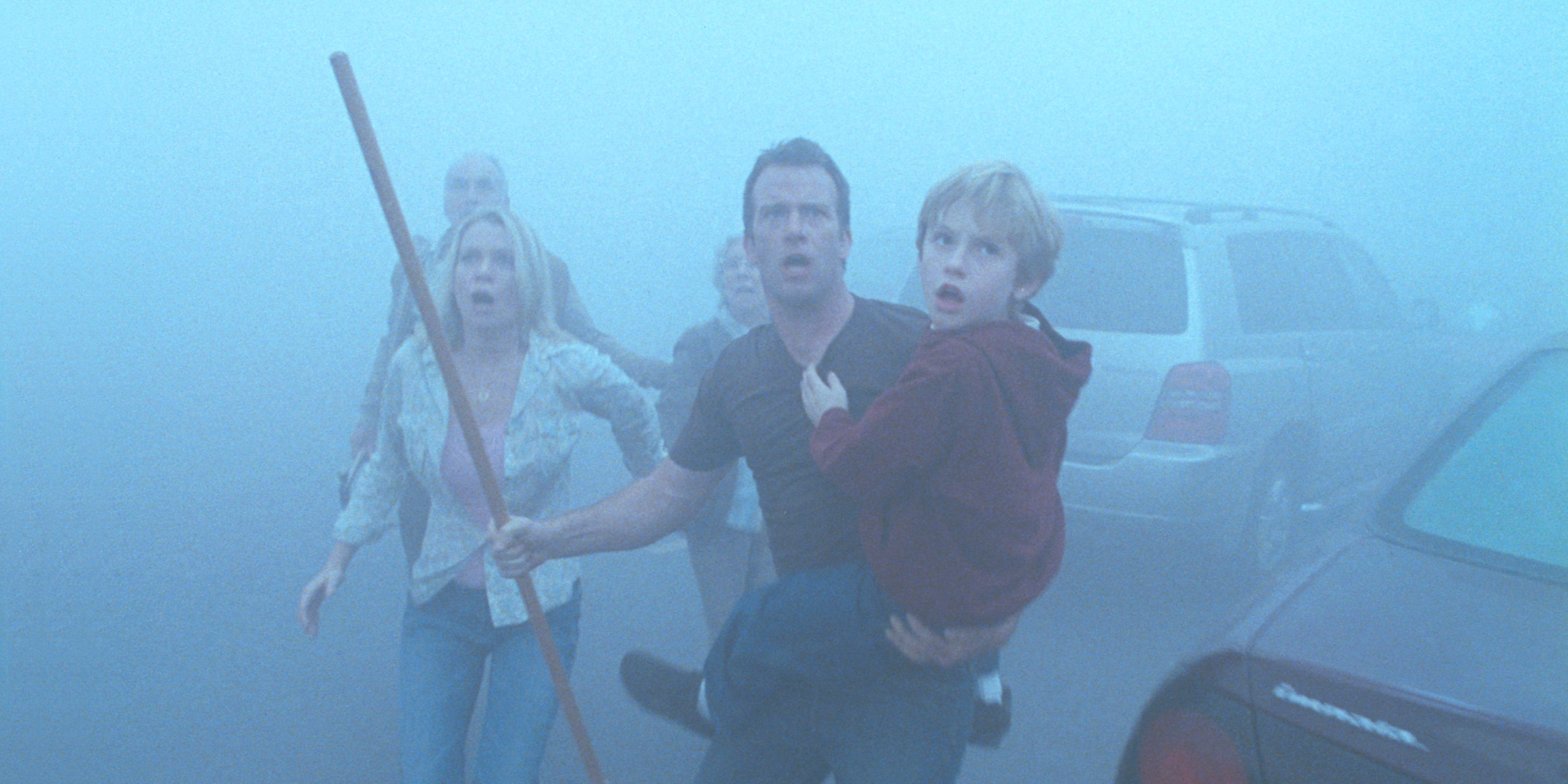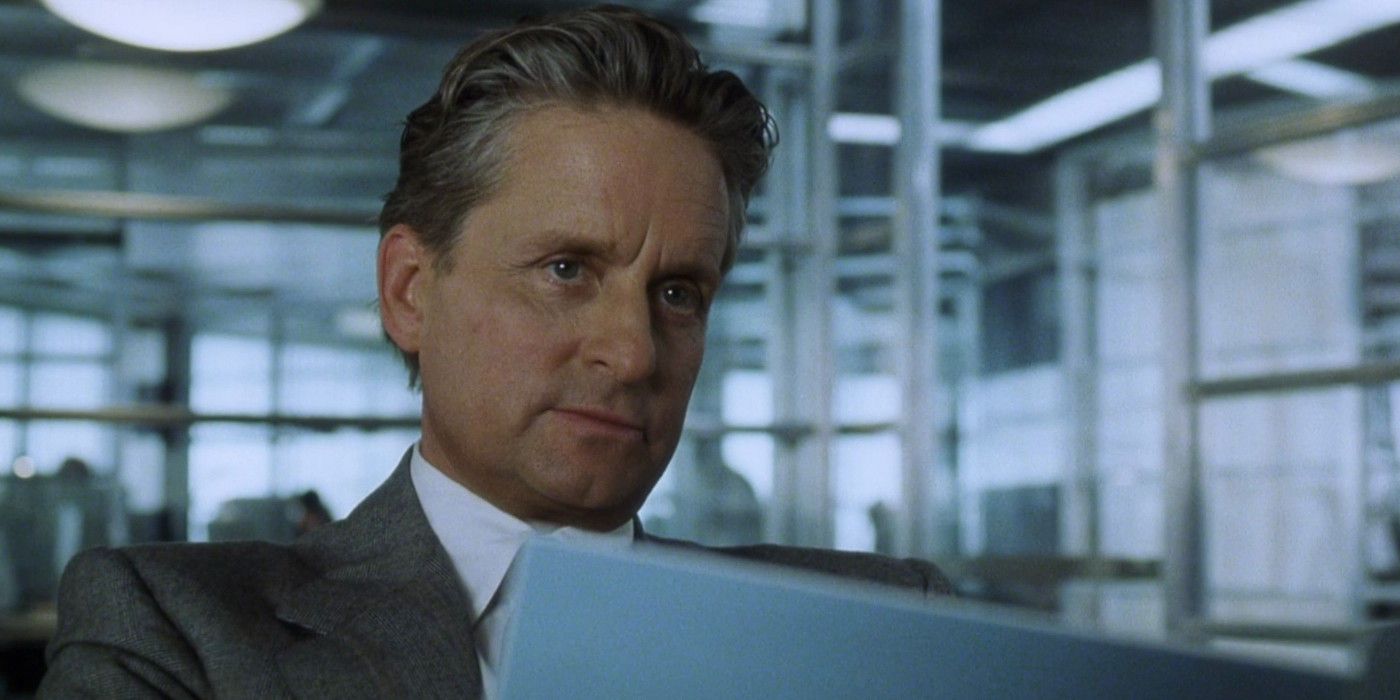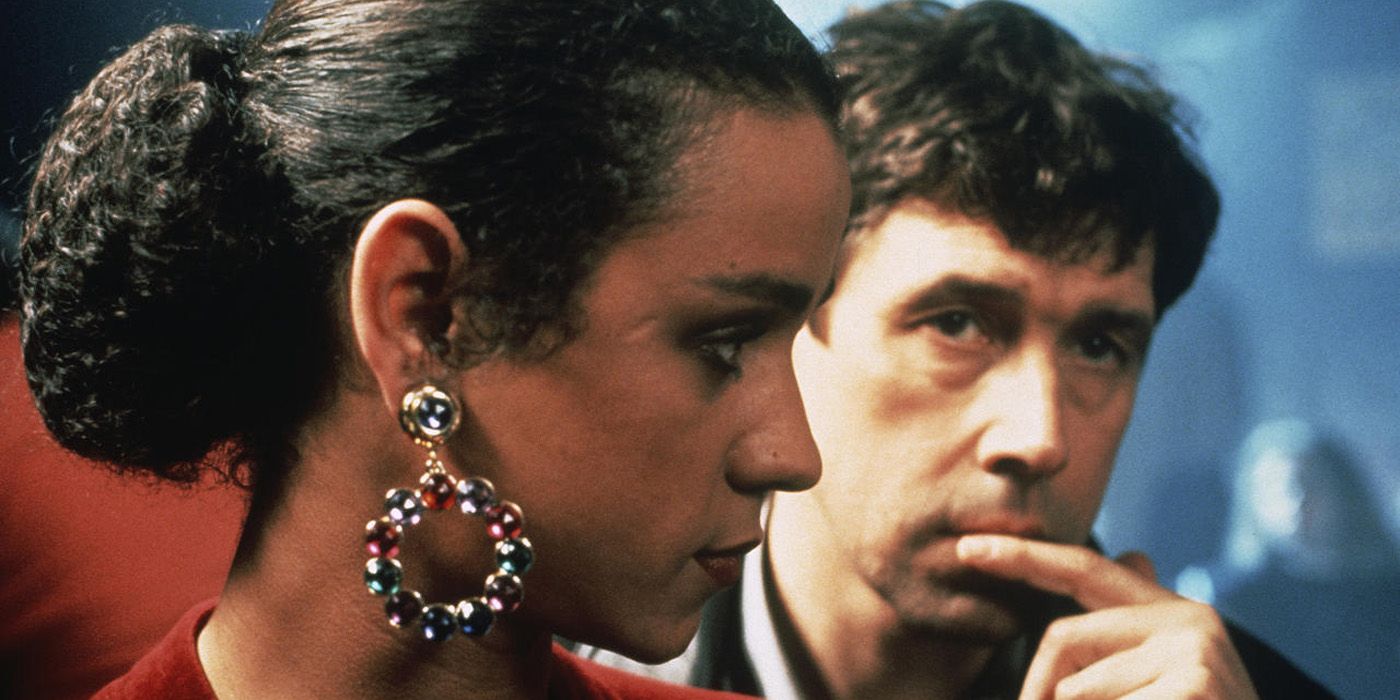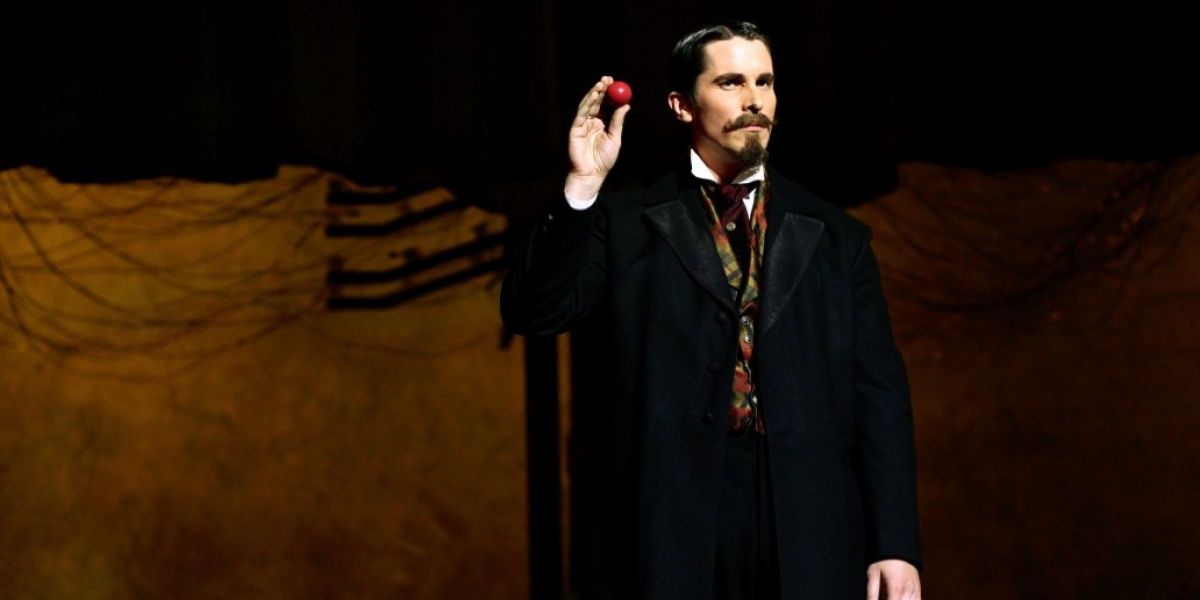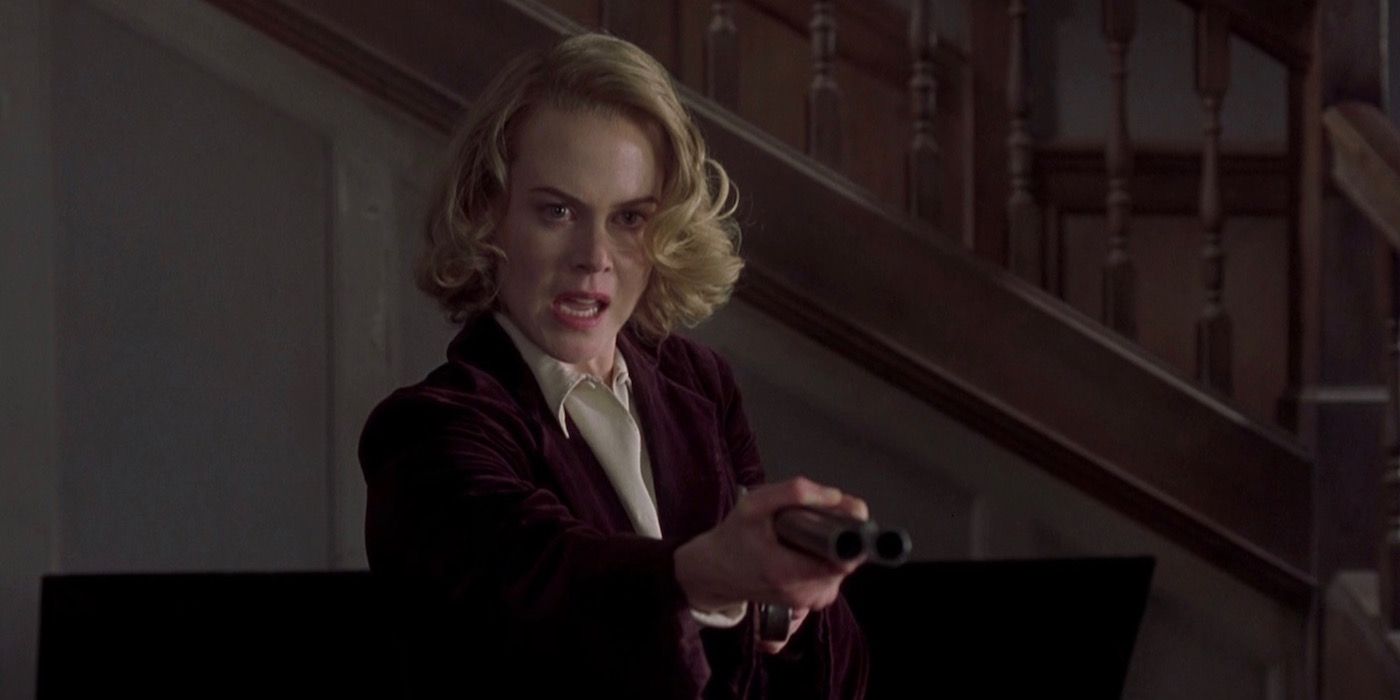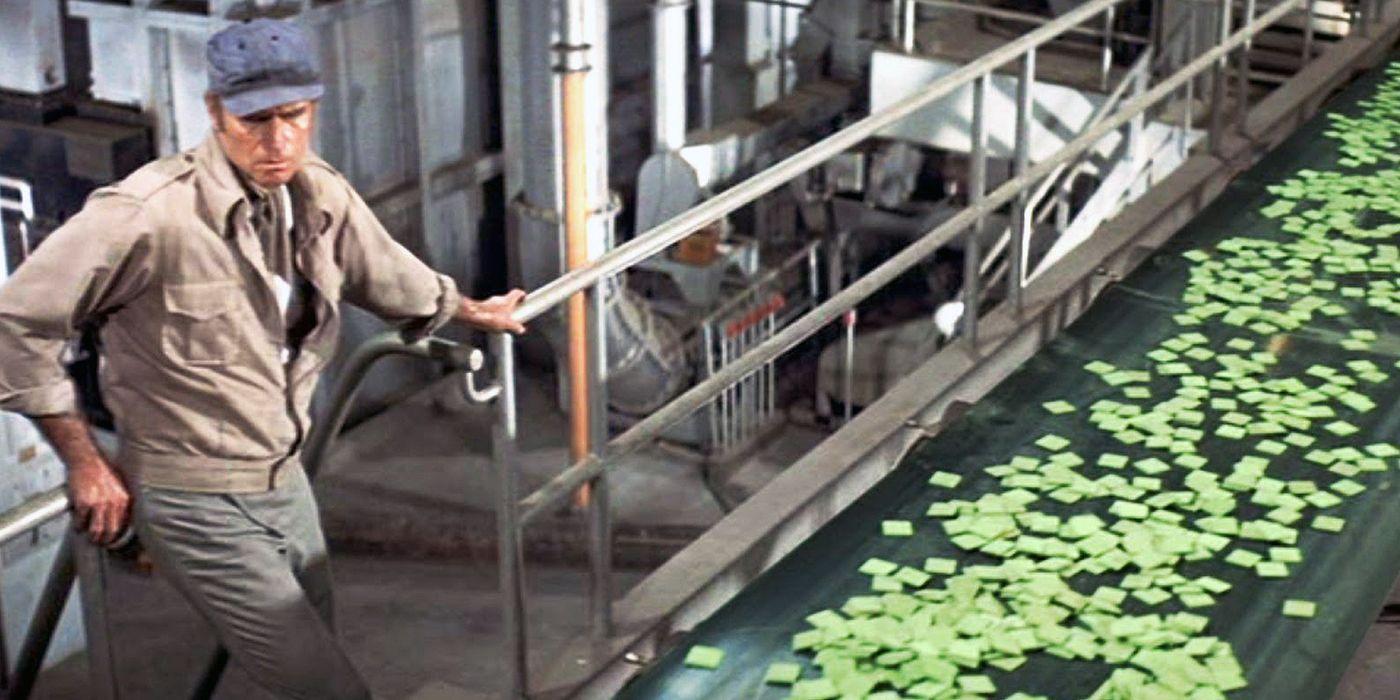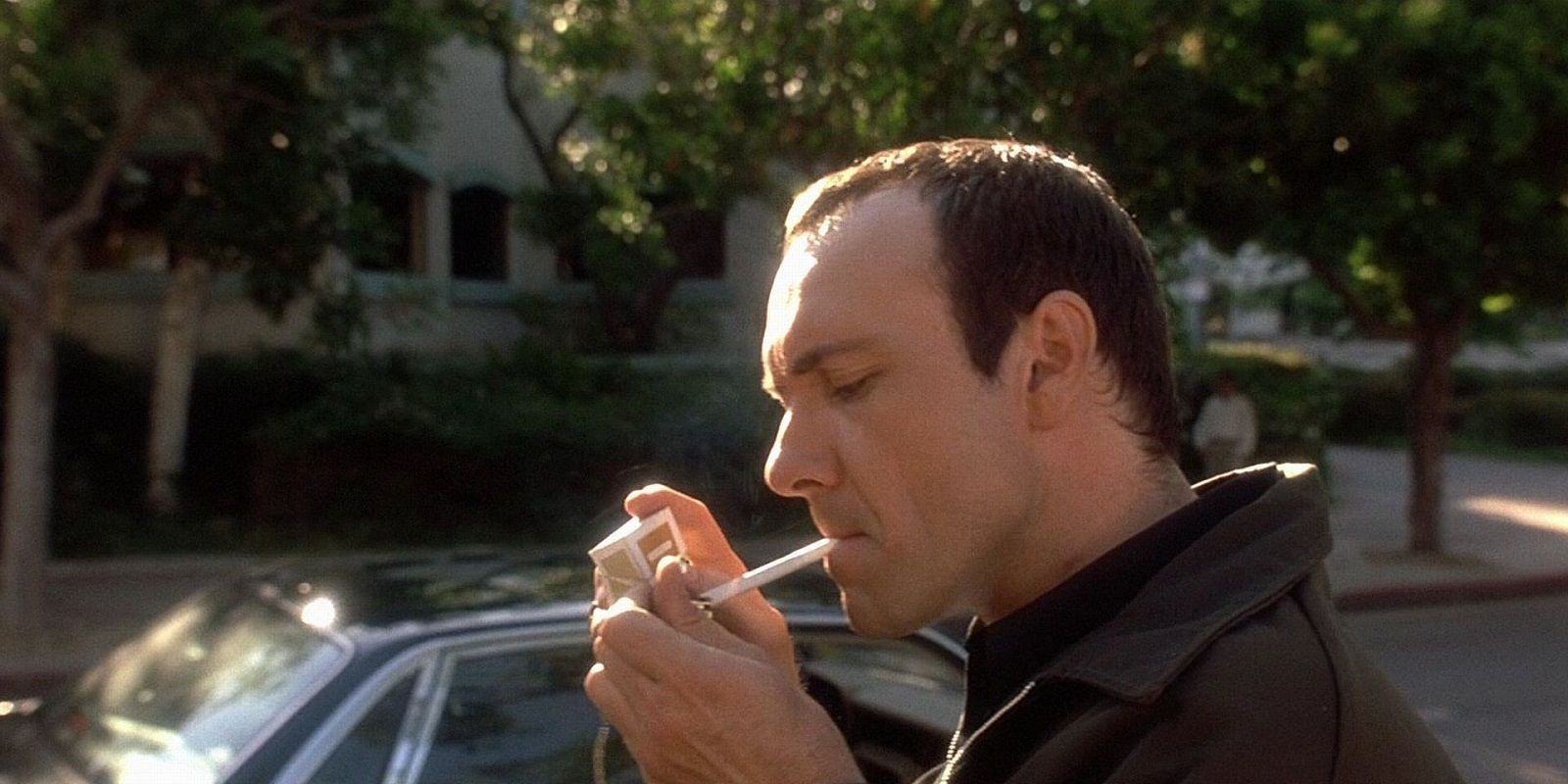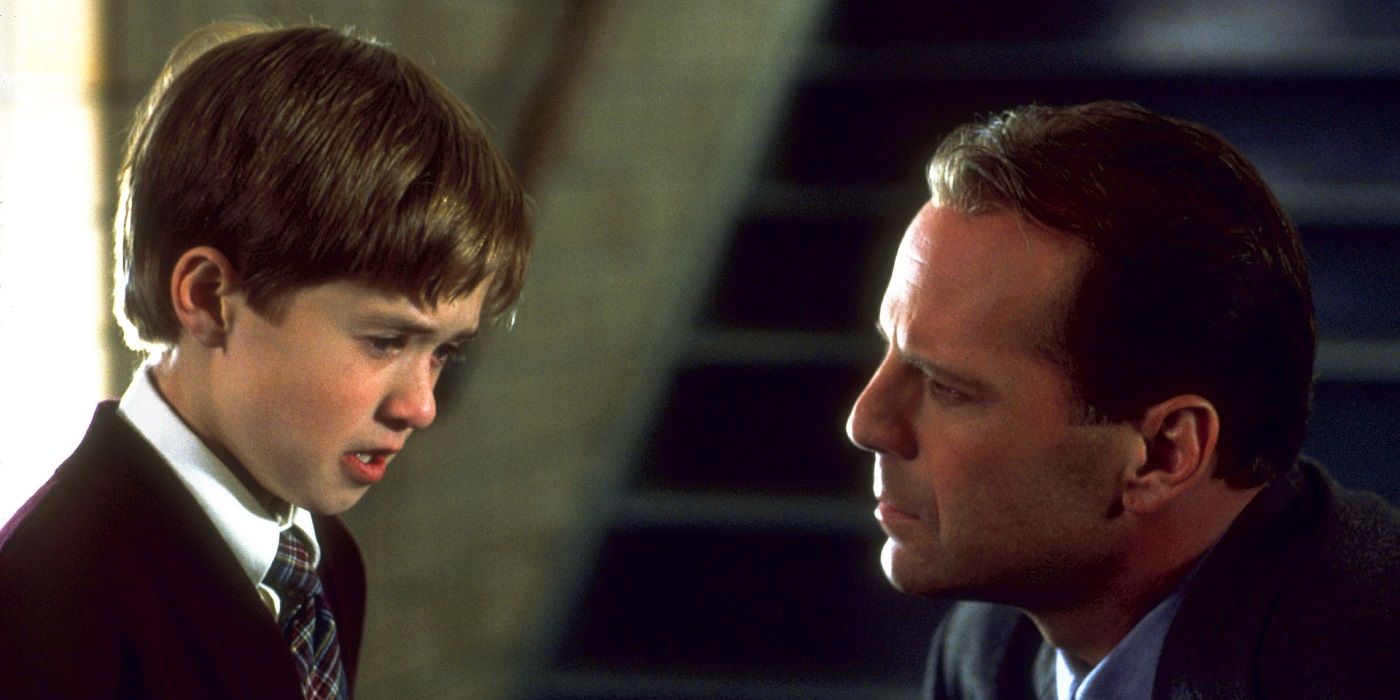Movie twists are a useful way for a story to make a big impact. They’re meant to change the game, and fundamentally alter everything we’ve already seen in a given film. Often, they actually overshadow everything that’s come before, and they make the rest of the movie seem rather forgettable by comparison. Of course, there are some films that use their twists and turns to their advantage, and enhance everything the audience has already seen.
Alas, those movies didn’t make it onto this list. This list is reserved for those films that don’t make much of an impression until they reveal that secret they’ve been hiding from us all along. These twists sometimes change our perception of the rest of the film, but that ultimately doesn’t matter very much, because we don’t remember what the rest of the film was actually about. With that in mind, here are 15 Movies Where You Only Remember The Twist.
(It should go without saying that spoilers lie ahead.)
15. Secret Window
A pretty generic thriller, The Secret Window is mostly remembered for its cop-out twist; one that isn’t exactly brand new. The film follows Johnny Depp, who plays Mort Rainey, a writer who is terrorized by a man named John Sooter. As the film evolves Sooter kills Depp’s wife, and proceeds to commit other heinous acts that undermine Rainer's mental health. In the film’s final moments, we discover that Sooter is simply Rainey's other personality, and the crimes that Sooter committed throughout the film were actually perpetrated by this troubled writer.
This kind of split personality twist was executed most memorably in Fight Club, of course, and every film that comes after it starts to seem like a homogeneous copy-cat. The Secret Window is a pretty unremarkable film, so the twist actually makes it somewhat memorable. Still, it doesn’t make up for the fact that everything from the film is borrowed. Twists don’t make a movie, they just enhance it.
14. Sleepaway Camp
Sleepaway Camp features a twist that’s deeply surprising, especially considering when the film was released in 1983. Playing into familiar tropes, the film follows Angela as she heads to summer camp. Painfully shy, Angela appears to be as shocked as everyone else when other campers begin to be murdered. Shockingly(?), the killer is eventually revealed to be Angela herself, but the real twist comes with the revelation that Angela was born male.
This twist fundamentally changes the dynamics of the movie that audiences thought they were watching, but also serves as an incredibly early example of the way movies began to play with gender as an identity, and the way that horror films do in particular. The film is so remembered for this twist that it’s not hard to forget the fairly conventional horror film that came before it. Slasher films are much more interesting when they come with a twist, after all.
13. Seven Pounds
Not every Will Smith film completely clicks. Despite a twist ending that’s both game-changing and confusing, Seven Pounds is pretty forgettable for the rest of its run time. Smith plays a man who is driven to perform good deeds for seven people after he causes the death of his wife and six others in a car crash. The film follows Smith as he visits with various patients, intending to donate his organs to them after he determines whether or not they deserve them.
Ultimately, we come to understand that Smith’s character is planning to commit suicide, and donate his remaining organs to those who need them. Smith carries the act out via jellyfish, which is fairly ludicrous in its own right. Seven Pounds is remembered in part for the confusion and anger that many viewers felt with the way the film resolved. As you watch the film, you begin to realize how misguided the whole thing is.
12. Orphan
Orphan initially appears to be a rather standard version of the “possessed child” horror story that’s been popular since the genre’s inception. This particular film follows a married couple who decide to adopt a child named Esther. After Esther’s adoption, strange things begin happening that are obviously connected to the child at the film’s center, although few viewers predicted the strange reveal to come. It turns out that Esther is actually 33 years old, and she has a form of proportional dwarfism that makes her look like a child.
This is definitely different from the typical horror movie twist, and it actually helps to explain many of the strange things that happen throughout the film. Some groups protested the reveal following the film’s release, and argued that it actually misrepresented proportional dwarfism. Orphan’s twist is so strange and unexpected that it undercuts the rest of the film. Adults aren’t that scary. Scary children are.
11. Primal Fear
Primal Fear’s twist is so satisfyingly strange that it actually undercuts much of what came before it. For most of the film, it seems as though Primal Fear is about solving the murder of a bishop. Edward Norton plays an alter boy who’s been accused of the crime, and Richard Gere plays his fearsome attorney, a character who is determined to prove Norton’s innocence.
The case gets more complicated when Norton reveals that there was a third person in the room with them at the time of the murder, someone else who may have committed the crime. It's slowly uncovered that Norton's character has developed a split personality as a result of sexual abuse, and the split killed the bishop, which only motivates Gere further to defend his client.
In the end, it turns out that Norton completely invented this alternate personality in order to get himself exonerated. When Gere’s lawyer realizes this, he simply says “Good for you.” Norton was the killer all along, and he walked away because he was able to fool everybody into believing that he wasn’t responsible. Now that’s a twist.
10. The Village
M. Night Shyamalan is perhaps best known for his twists, and there’s a good reason for that. His films often rely on an impending surprise, and that formula was initially quite effective for him early on in his career. Unfortunately, some quickly tired of his reliance on these kinds of surprises, and many decided that he had lost his edge after seeing The Village.
The Village is set in an isolated 19th century community that’s fearful of creatures that live on the outskirts of their town. The entire film is about the villagers' fear of the creatures living on the outskirts of town, but it’s eventually revealed that this village is actually in the present day, and the community was founded by the grieving "town elders" who wanted to feel the cruel modern world. This twist is both obvious and a bit played out, and it’s also all that anybody can think of when someone brings up The Village.
9. Shutter Island
One of Martin Scorsese’s most commercial efforts to date, Shutter Island stars Leonard DiCaprio as a detective who comes to a secluded island that is home to a mental hospital, and begins unraveling the mysteries that the island may hold. As the film unfolds, it becomes clear that something on the island is off, and we eventually learn that DiCaprio’s character is actually a patient on the island, and the film represents one final attempt to cure him of his delusions.
While the direction throughout the film is effectively creepy, the twist at the end is definitely the reason many were drawn to Shutter Island in the first place, even if it doesn’t make a ton of sense. The nature of this twist is such that it becomes easy to forget what happens in the rest of the film, because all of it is taking place inside of DiCaprio’s twisted imagination. Shutter Island is solid, but most only know it for its climactic reveal.
8. The Mist
The Mist’s twist is horrible and heartbreaking. The film follows a group of people who band together after the power goes out in their town. Eventually, a dangerous mist comes, and within it are dangerous monsters. The group is now forced to band together in order to survive, and the film follows typical horror/genre conventions from there. The twist doesn’t come until The Mist’s final minutes, when the surviving members of the group are surrounded by the mist, and sure that their deaths are imminent. Instead of letting them die gruesomely, one of the group’s members decides to kill the other four mercifully.
This character then discovers that the creatures emerging from the mist are actually members of the U.S. military who have survived the apocalyptic monsters, and were coming in to rescue survivors. The Mist’s twist upends the rest of the film, and provides a gut punch for audience members who realize the horror of what has just happened. It’s a brilliant reveal, raising questions about what any of us would do under similar circumstances.
7. The Game
The Game follows Michael Douglas as a successful businessman who receives a game from his brother on his 48th birthday. The game sends Douglas into a series of dangerous and deadly situations, and ultimately ends with him attempting suicide by leaping off a tall building. When he lands, he discovers that everything he’s done through the whole movie, including the loss of his family and his finances, has been part of the game. His brother designed it so that he would embrace life, and not allow it to simply pass him by.
While it may have been effective, this kind of game is undoubtedly ruthless. Life is wonderful, sure, but Douglas’s character goes through quite a bit of pain and trauma to learn that valuable life lesson. The revelation that the whole thing was part of his brother’s game actually cheapens the rest of the film, and makes re-watches difficult. The twist makes everything else seem silly, instead of dire.
6. The Crying Game
The Crying Game intends to be a massively deceptive film, and it largely succeeds in that regard. The film follows a British soldier who is captured by Irish terrorists, and forms a bond with one of his captors. After the soldier is killed, the captor begins to involve himself in his prisoner’s world, and becomes involved with the prisoner's girlfriend.
The twist of this movie is actually fairly basic. It turns out that the woman that this IRA insurgent falls for is actually transgender, and we ultimately realize that this information doesn’t matter to Fergus. Although these ideas may seem pedestrian today, they were revolutionary at the time. The Crying Game is a story of gender’s fluidity, and the way it interacts with national identity. The twist at the center of the film is remembered not just for the way it changed the film as a whole, but also for its potent political impact.
5. The Prestige
Christopher Nolan doesn’t rely on the twist the way Shyamalan often seems to, but several of his films have made use of a dramatic reveal which fundamentally changes the story audiences thought they were watching. Perhaps the most notorious attempt from any Nolan film comes in The Prestige, which tells the story of two rival magicians during the 19th century.
Throughout the film, the two magicians make a variety of attempts to one-up each other, beginning when one magician unveils a teleportation trick that seems impossible without the use of a body double. Since that kind of body double seems unlikely (no one ever reports seeing two of Christian Bale’s character), the other magician (played by Hugh Jackman) spends the entire film riddling out how he does it. It turns out, Bale has actually been playing two people throughout the film who would take turns portraying the magician. It was body doubles all along!
On top of that, Jackman’s character has actually been cloning himself for his show every night, and has subsequently killed off one of the clones. A twist within in a twist. It's twist-ception!
4. The Others
The Others was actually fairly acclaimed upon its release, but there are many who only remember it for its late stage reveal. Set in a Victorian home where Nicole Kidman’s maternal character lives with two children, the film follows the family as they live in their darkened home and begin to suspect that the home may be haunted. In a way very similar to The Sixth Sense, we come to understand that the characters at the film’s center aren’t actually the ones being haunted. It turns out that Kidman’s family was dead the whole time.
While this reveal is less shocking for those viewers who have already seen The Sixth Sense, it’s still a potent reveal in part because the film that came before it is so different from Shyamalan’s film. Part of the horror of The Others comes from the denial that Kidman’s character goes through after she discovers the truth. Denial is the first stage of grief, even when you're the one who died.
3. Soylent Green
“Soylent Green is people!” So goes the iconic line from Soylent Green, but most pop culture junkies would be hard pressed to name anything else that happens in that film. This, of course, is the twist. Soylent Green is set in a world that’s so overpopulated that most of the population chooses to eat Soylent, which is manufactured in factories. When a detective is sent to one of these factories following the murder of a high-powered executive, he eventually discovers that the food is made out of people.
This twist is so chillingly effective when it’s initially revealed that it actually becomes difficult to remember what happens in the rest of the film. The knowledge that people have been secretly eating other people is as twisted as it gets, and its implications are so vast and interesting that the rest of the film almost fades away completely. Soylent Green has a great twist. In fact, it might work too well.
2. The Usual Suspects
A story about a murderer’s row of criminals who are hired to commit a dangerous heist, The Usual Suspects turns the entire narrative the film initially presented on its head with a final reveal. Verbal Kint, the mild-mannered criminal who was the sole survivor the heist, has been telling the story of the heist to the cops in the film. Kint describes a figure named Keyser Soze, a terrible villain who terrorizes the criminal underworld.
At the film’s end, we discover that Kint is actually Keyser Soze, and much of the story he just told to the cops he was speaking with was probably a lie. The twist completely upends the rest of the film, and it’s masterfully pulled off. Unfortunately, the rest of the film is fairly difficult to remember. It’s overshadowed by the remarkable deftness of the ending, which strangely undermines the fairly conventional crime thriller that audiences thought they were watching up till that point.
1. The Sixth Sense
Perhaps still the biggest triumph of M. Night Shyamalan’s career, The Sixth Sense may contain the most iconic twist of all time. It’s been so universally spoiled that many people remember the twist, even though they haven’t seen the film. Ostensibly, the film follows Bruce Willis, who plays a child psychologist who works with a young boy who has the ability to see dead people. “I see dead people” is the film’s most popular quote, and it’s one that tips Shyamalan’s hand as to what the whole film has actually been hinting.
It turns out that Willis’s character is actually dead, and the child he’s been working with has been talking to a ghost. This revelation makes sense in retrospect, and re-watches work to reveal all the various things that make more sense once you understand the ending. Still, The Sixth Sense’s twist is so well known at this point that many have forgotten the rest of the human drama that makes the film so interesting in the first place.
---
Are there any other movies where only the twist sticks in your head? Let us know in the comments!

